The Ebiil Society: Champions of Palau
Ann Singeo, founder of our partner organization the Ebiil Society, shares her vision for a thriving Palau and a flourishing world of indigenous science!
Our new online shop is live!
Published on
September 28, 2016
Written by
Bernie Tershy
Photo credit
Bernie Tershy
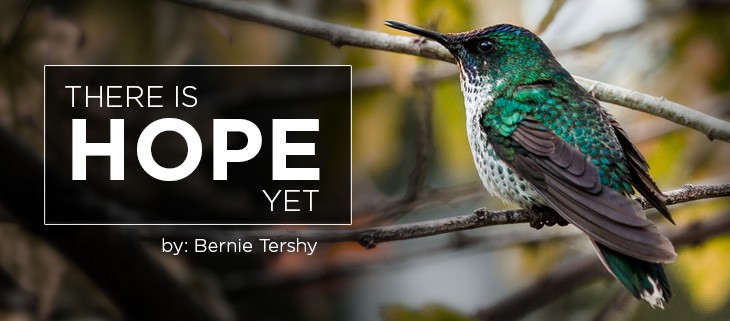
Island Conservation’s co-founder Bernie Tershy reflects on how island restoration programs serve to protect biodiversity and prevent extinctions.
An uninterrupted stream of bad news about the environment reminds us that we are in the midst of an extinction crisis, which can leave us overwhelmed with hopelessness. But, hope is not as scarce as you might think.
We can start to find solutions to the extinction crisis by simplifying the problem. For starters, almost 90% of known extinctions are concentrated in two habitats that make up less than 3% of earth’s surface: Marine islands, which make up <2% of earth’s surface and where 61% of known extinctions have occurred, and 37% of Critically Endangered species are found, and freshwater lakes, rivers, streams and ponds, which make up <1% of earth’s surface, and where 28% of known extinctions have occurred and 29% of all Critically Endangered species are found. So, if you want to prevent extinctions, islands and freshwater systems are where you should focus.

Next, let’s ask, what’s causing extinctions in these two habitats? There are four main drivers of extinction (what Jared Diamond termed the four ecological horsemen of the apocalypse): habitat conversion, over-exploitation, pollution, and invasive species. Invasive species are the leading driver of extinction on islands and the second leading driver in freshwater systems. So, if you want to prevent extinctions, eradicating invasive species from islands and freshwater systems is a logical approach.
And you wouldn’t be the first. Island Conservation has mastered the removal of damaging invasive species from islands and is taking it to scale globally.A recent series of papers made possible by IC’s Threatened Island Biodiversity Database is making critically important contributions to conservation.

Two global analyses by Holly Jones and colleagues and Erin McCreless and colleagues showed that eradications on islands have already protected an estimated 6% of the most threatened mammals, birds and reptiles in all habitats on Earth, and that future eradications can prevent the extinction of as much as 75% of the most threatened island animals. These global analyses help drive large-scale conservation policy around the world.
A new paper by Tershy and colleagues focuses on the world’s threatened island iguana species, which are found in the Caribbean and Fiji. The researchers showed that invasive animals are a primary threat to these iguanas and that 75% of 230 islands surveyed had been invaded by at least one damaging animal. On 45 islands, iguana populations had been completely wiped out. This may sound like more of the aforementioned doom and gloom, but the story doesn’t end here. The research revealed opportunities to prevent extinctions of Caribbean and Pacific iguana species through invasive species eradication; a strategy that has already benefited threatened iguanas on four islands.

The researchers found that projects on two islands, Mona Island, Puerto Rico, and Yaqaga Island, Fiji, offer exceptional opportunities to prevent iguana extinctions. This is why Island Conservation has prioritized a collaboration with government and community partners in Puerto Rico to devise a plan to protect iguanas living on Mona Island.
Anywhere we find problems in the natural environment, we may also discover opportunities to take action. News of the current extinction crisis is a persistent voice that reminds us: now is the time to conserve. Thanks to efforts like island restoration projects, there is hope yet for threatened species around the world.
You can learn more about Bernie Tershy’s work here.
Featured photo: Juan Fernández Firecrown (Female) by Irene Espinosa/Island Conservation
Check out other journal entries we think you might be interested in.
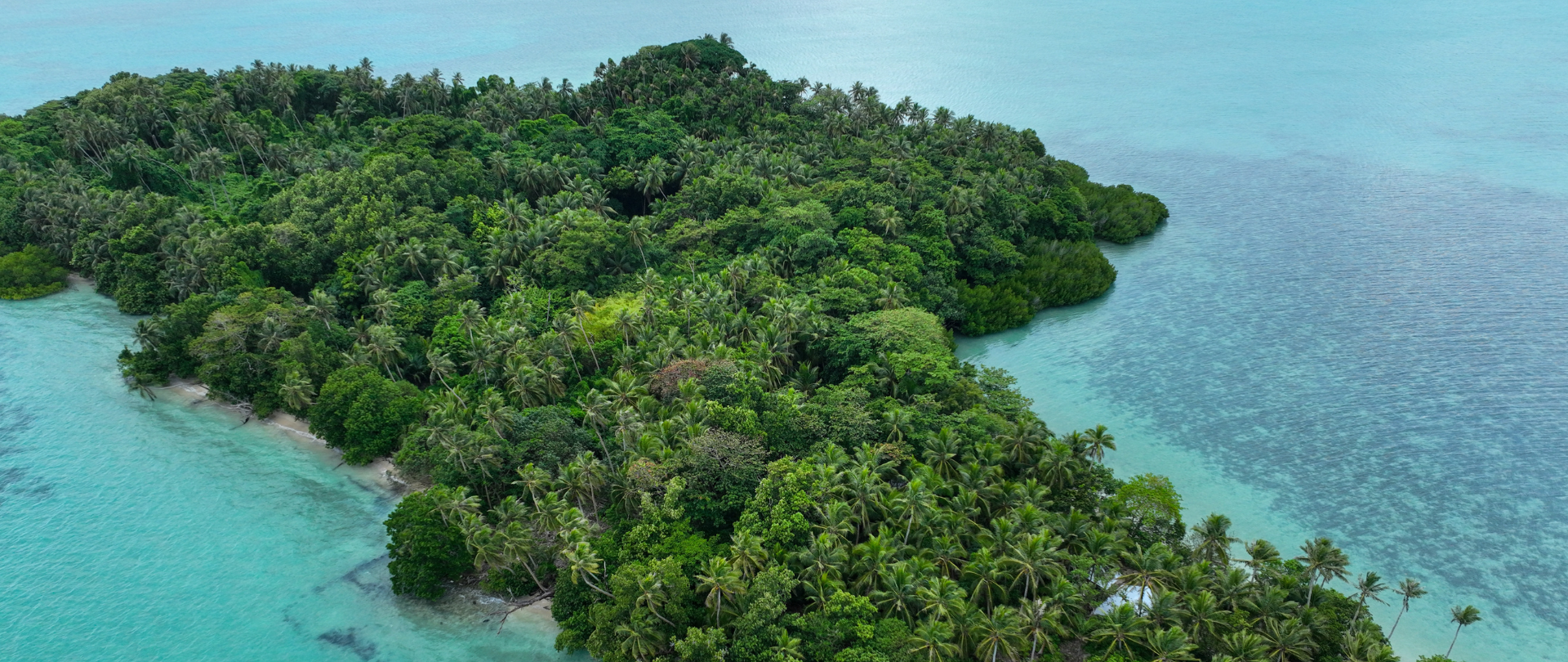
Ann Singeo, founder of our partner organization the Ebiil Society, shares her vision for a thriving Palau and a flourishing world of indigenous science!
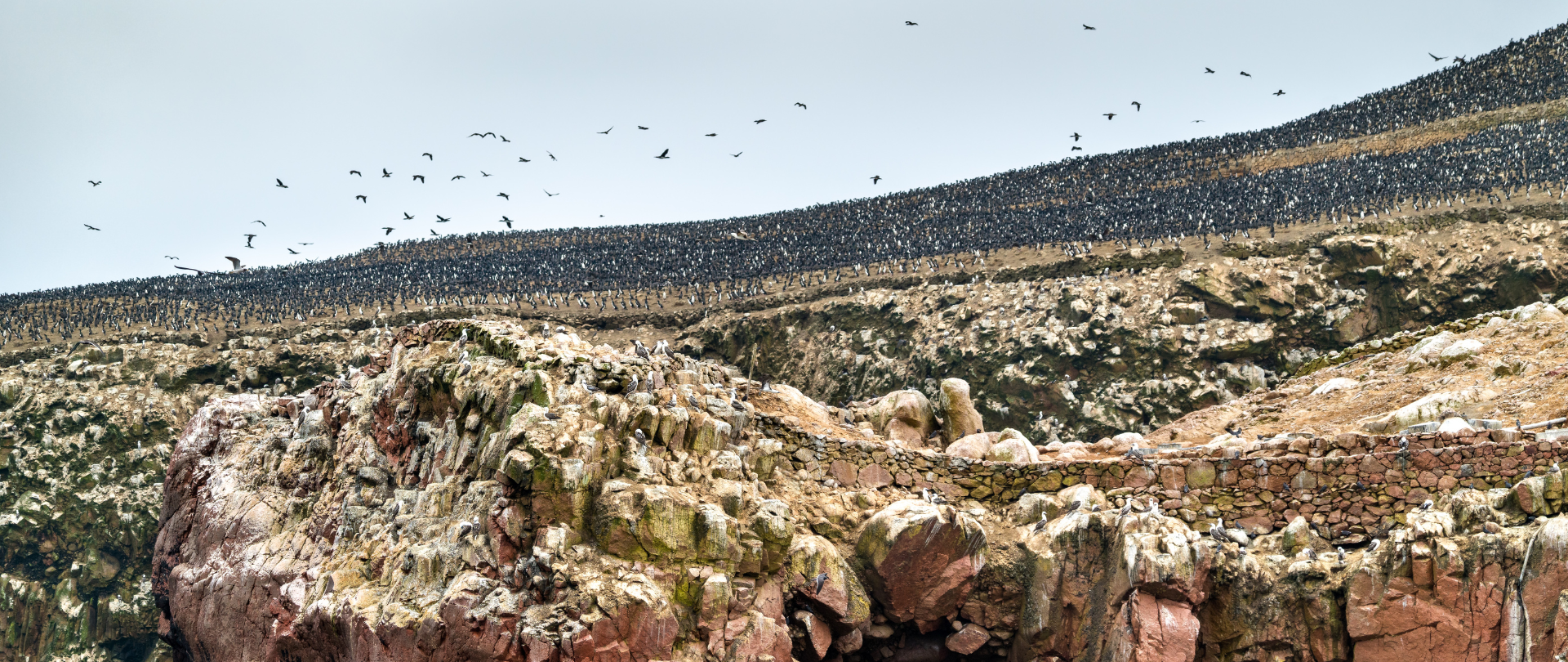
This historic agreement aims to protect the marine and coastal areas of the Southeast Pacific.
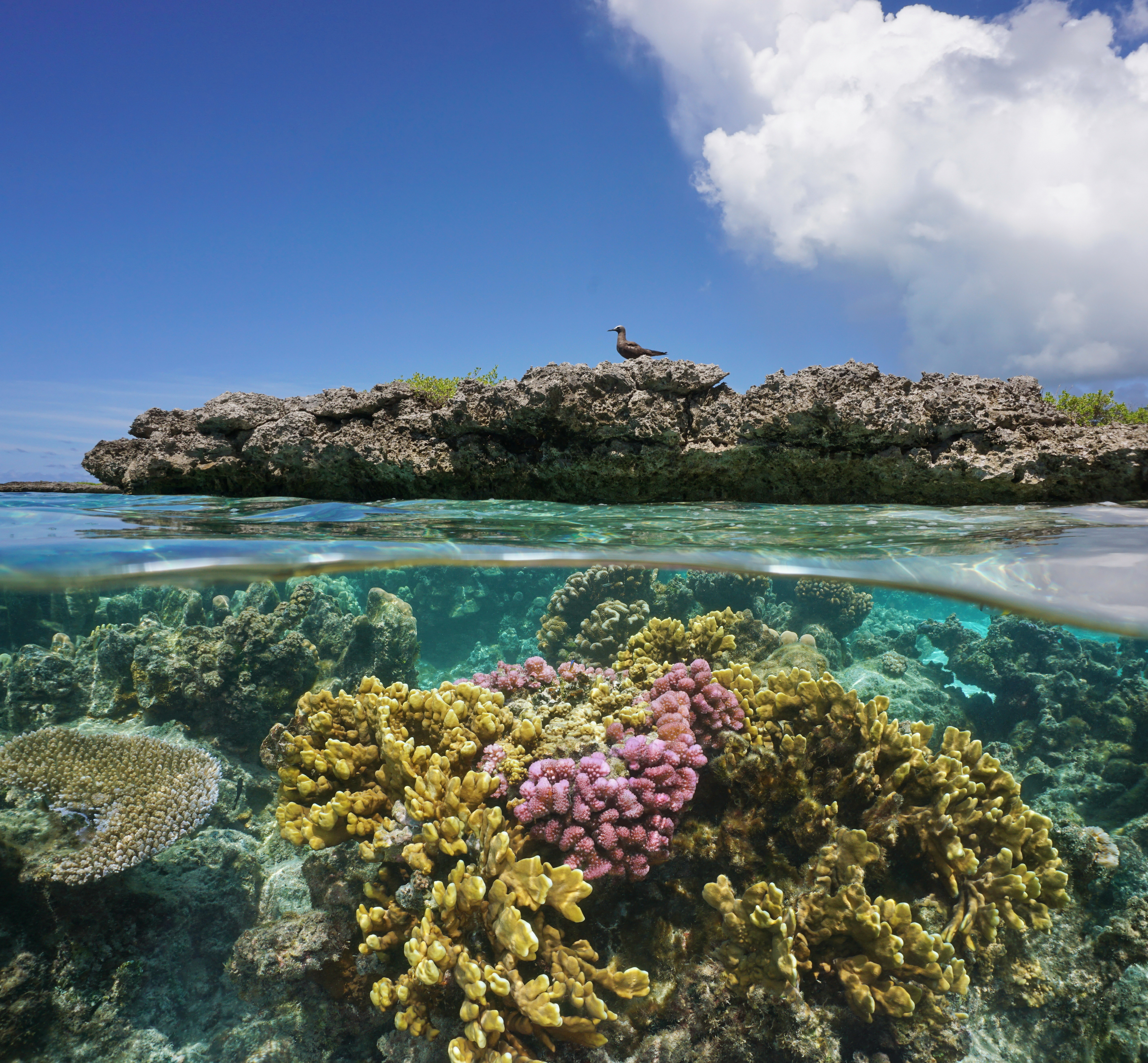
Our projects to restore key islets in Nukufetau Atoll forecast climate resilience and community benefits in Tuvalu!
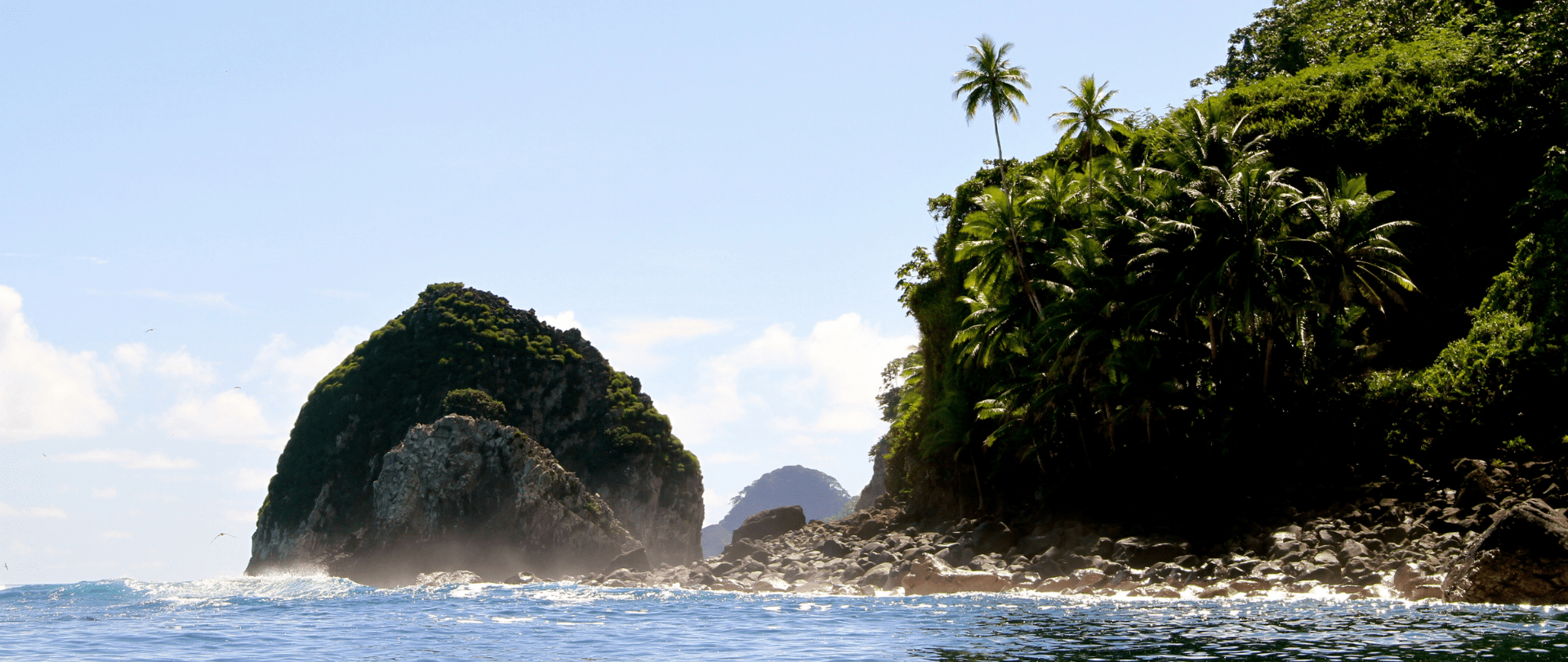
Island Conservation attended the 16th meeting of the Conference of the Parties to the Convention on Biological Diversity!
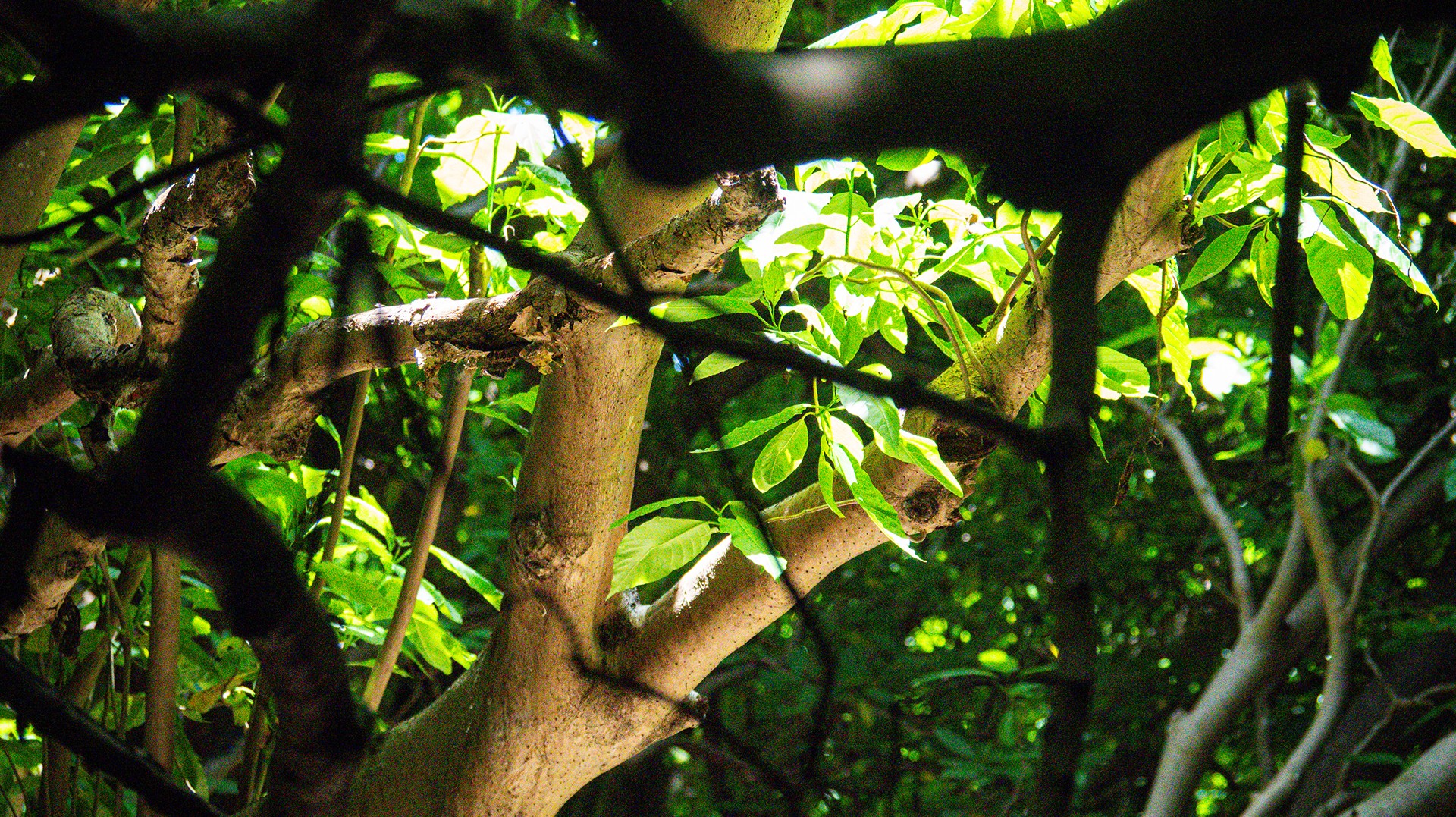
Island Conservation and partners have published a new paper quantifying ecosystem resilience on restored islands!
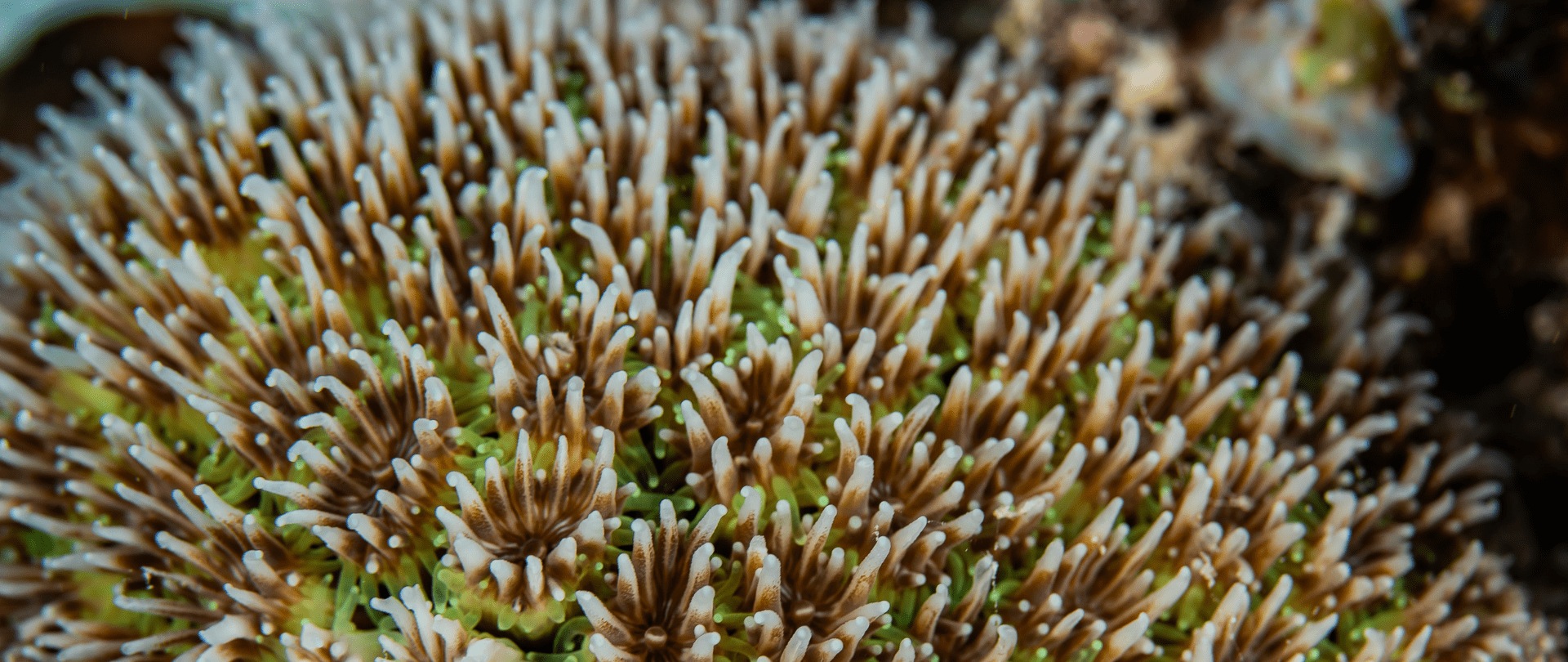
Climate Week NYC: what is it and why is it important? Read on to find out why Island Conservation is attending this amazing event!
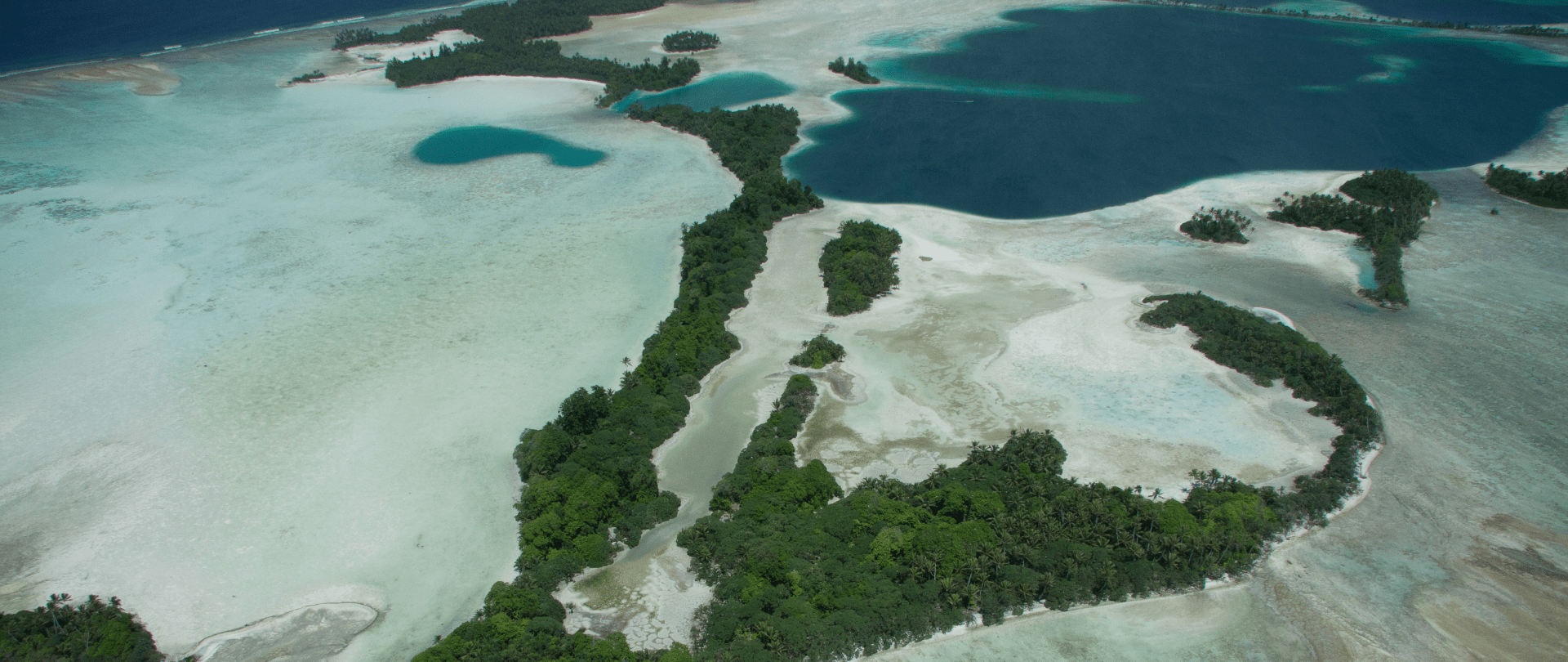
With sea levels on the rise, how are the coastlines of islands transforming? Read on to find out how dynamic islands really are!

Join us in celebrating the most amazing sights from around the world by checking out these fantastic conservation photos!
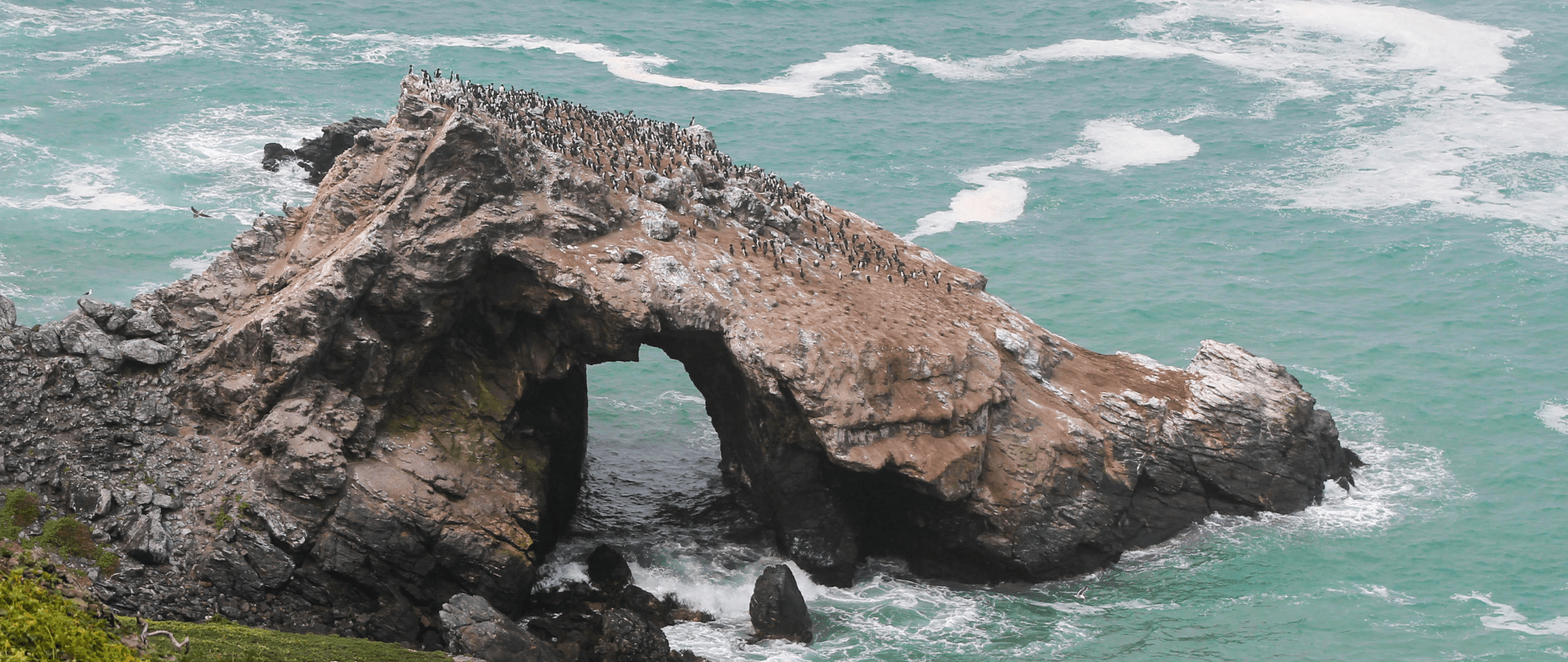
Rare will support the effort to restore island-ocean ecosystems by engaging the Coastal 500 network of local leaders in safeguarding biodiversity (Arlington, VA, USA) Today, international conservation organization Rare announced it has joined the Island-Ocean Connection Challenge (IOCC), a global effort to…
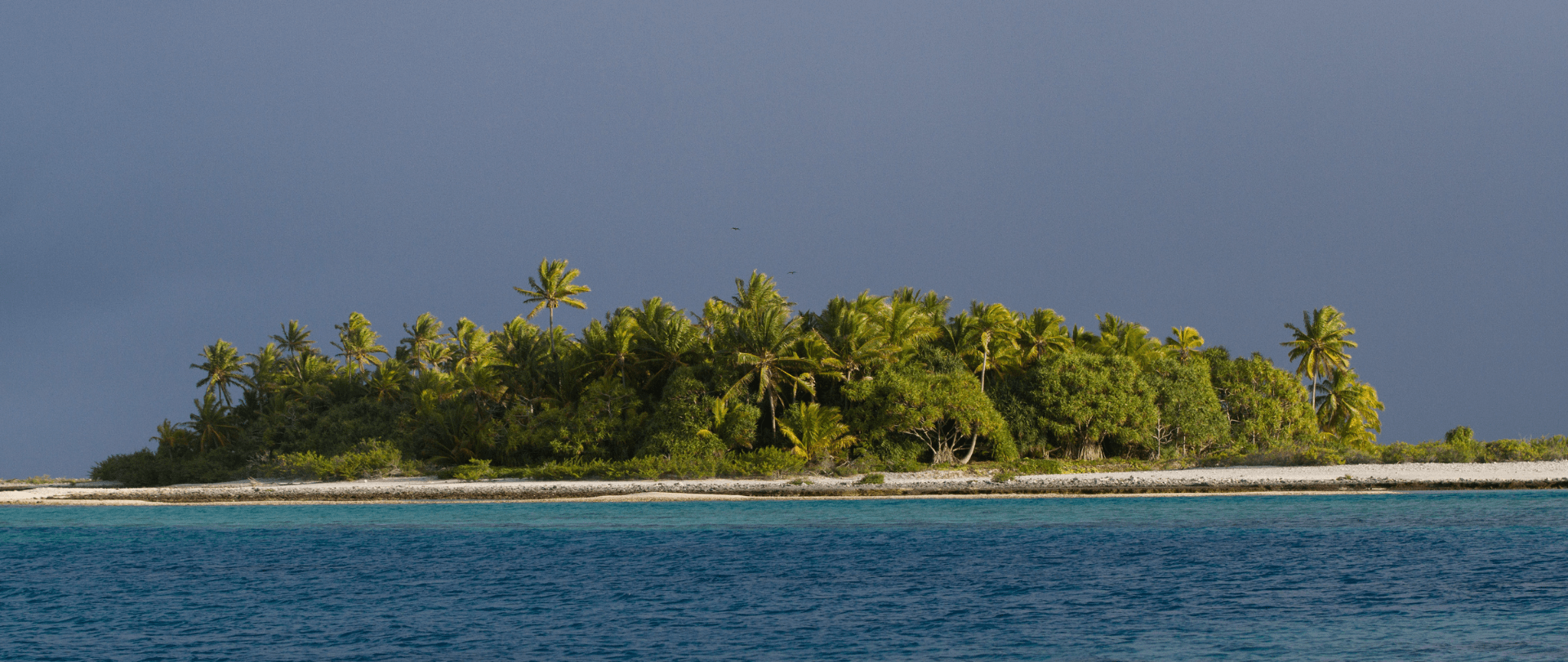
Island Conservation accepts cryptocurrency donations. Make an impact using your digital wallet today!